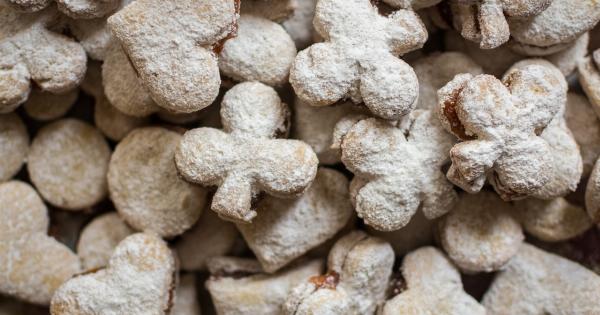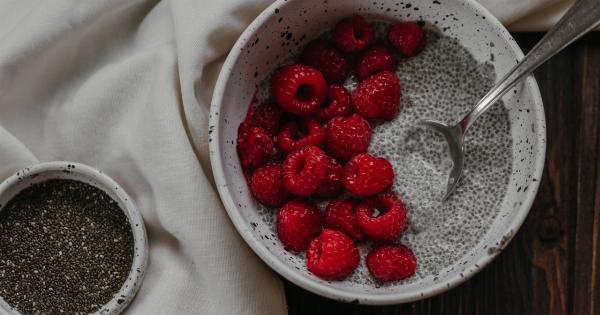Sausages are quite popular, especially during holidays and special occasions. They are easy to prepare and require minimal effort to cook.
However, do you actually know what makes up your favorite sausage? While you may think of it as ground meat stuffed in a casing, the answer is likely more complicated than that. In this article, we’ll be diving into what really goes into your sausage.
What Is Sausage?
Sausage is a type of seasoned meat that’s usually ground up and stuffed into a casing. This casing could be made of natural materials such as sheep, goat, or hog intestines, or synthetic materials like collagen or cellulose.
It’s popularly known for its tantalizing aroma and mouth-watering taste. Sausage makers add different seasonings and spices to vary the flavor, texture, and color. While the specific type and quality of sausage vary based on the region, the production process is quite similar.
Sausage Making
Sausage making involves many steps and processes, often requiring specialized equipment. In general, the production process includes sourcing and butchering the meat, adding the seasoning, mixing, stuffing, and cooking.
The meat used in sausage production could be beef, pork, chicken, turkey, or even game meat such as elk or venison. Sausage makers would separate the meat from bones, gristle, and other unwanted parts before grinding. The meat and casing they use could also differ depending on whether the sausage is fresh, dried, or smoked sausage.
However, there’s an increasing concern about the quality of meat that ends up in sausages.
Sausage Additives
Aside from the core components of the sausage, manufacturers often add other types of components to enhance its flavor, texture, appearance, and shelf-life.
These could include a wide variety of ingredients such as salt, sugar, corn syrup, spices, artificial flavors and colors, preservatives, and other additives. Some additives are specifically designed to improve the quality of the sausage, such as emulsifiers that help bind the meat, or binders that maintain moisture and improve the texture.
Others, such as sodium nitrate, prevent bacterial growth and extend the shelf-life and color of the sausage. Moreover, some sausages contain fillers and extenders, such as soy protein concentrate, which adds bulk and lowers the production costs.
Nutrition and Health Concerns
Sausages are a high-calorie and high-fat food, containing significant amounts of protein, saturated fats, and cholesterol. As such, they can contribute to weight gain, heart disease, and other health problems if consumed in excess.
Additionally, certain types of additives, such as sodium nitrite, have been associated with an increased risk of cancer and other health problems. While most sausage producers use food additives and preservatives within safe limits, it’s essential to read the labels and understand what’s included in the sausage.
The Bottom Line
Sausages are a beloved food by many, as they’re a simple and tasty addition to any meal. However, what’s clear is that not all sausages are created equal.
While it’s essential to take the time to read the labels, not all additives and preservatives are harmful. In general, it’s best to enjoy sausage in moderation and opt for high-quality sausages with fewer additives and preservatives whenever possible.






























